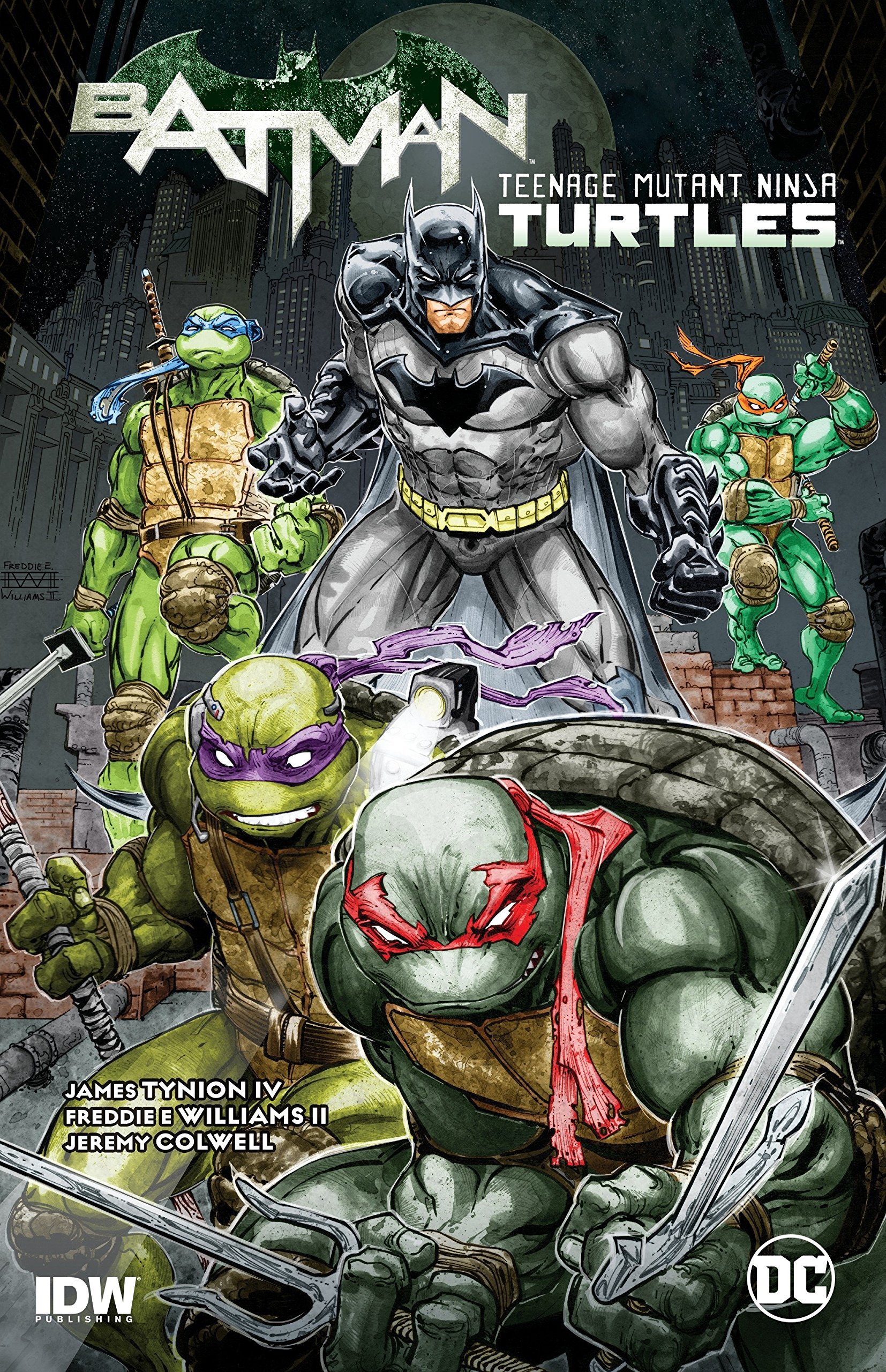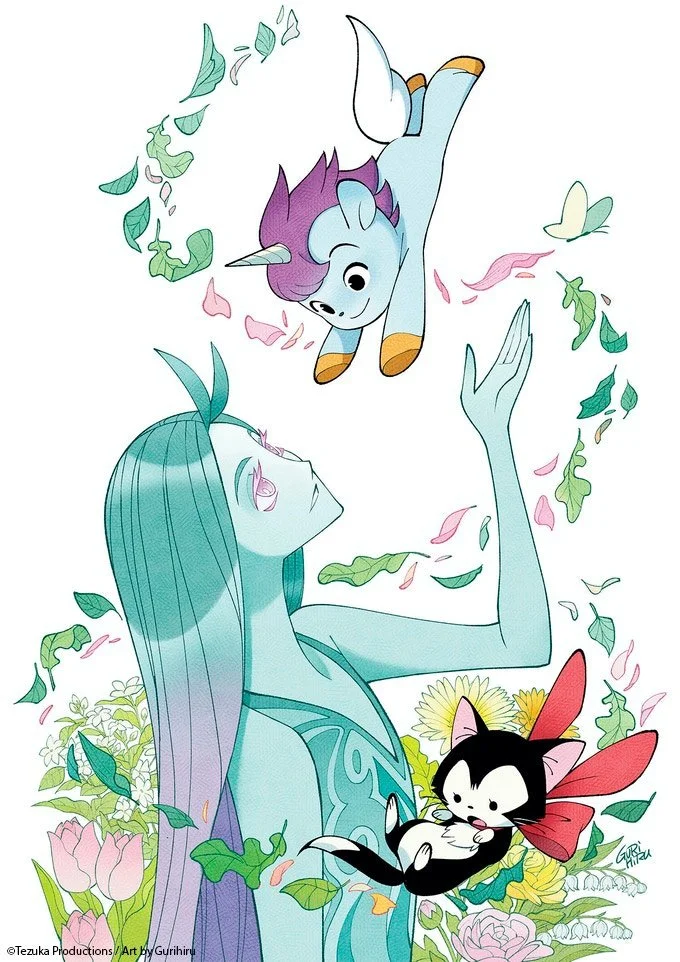Man Without Fear...By The Year: Daredevil Comics in 2010
By Bruno Savill De Jong — It’s 2010. Earthquakes devastate Haiti and Chile, the BP Oil Spill occurs, Lady Gaga wears a meat dress to the VMAs, and Chelsea Manning discloses nearly 750,000 confidential documents to WikiLeaks. People are listening to “Rolling in the Deep,” watching Inception and reading Daredevil.
Written by Andy Diggle (501-512, Shadowland #1-5), Antony Johnston (505-509, 512, Shadowland: After The Fall), John Layman (Shadowland: Bullseye)
Illustrated by Roberto De La Torre (501-504, 508-511, Shadowland: After The Fall), Marco Checchetto (503, 505-507, 512, Shadowland: After The Fall), Billy Tan (Shadowland #1-5), Sean Chen (Shadowland: Bullseye)
Inks by Roberto De La Torre (501-504, 508-511, Shadowland: After The Fall), Marco Checchetto (503, 505-507, 512, Shadowland: After The Fall), Batt (Shadowland #1), Victor Olazaba (Shadowland #2-5), Sandu Florea (Shadowland: Bullseye), Billy Tan (Shadowland #3-4)
Colors by Matt Hollingsworth (501-512), Christina Strain (Shadowland #1-5), Guru EPX (Shadowland: Bullseye, Shadowland #3-5), Morry Hollowell (Shadowland: After The Fall)
Lettered by Joe Caramagna
The world has turned upside down. Daredevil, hero of Hell’s Kitchen, has become leader of the Hand. Sitting in his shadowed throne-room, surrounded by Ninja assassins, Daredevil plots how best to take control of New York. Daredevil’s turn into “supervillain” coincides with the inversion of Dark Reign, wherein Norman Osborn (The Green Goblin) was given control of the government. Faced with this ludicrous reversal, Daredevil only gets pushed further into his extreme end.
“They put the Green Goblin in charge of national security! They made Bullseye an Avenger! They spat on everything we fought for! And now I’m the bad guy?!” Matt leaves out who “they” are, but clearly Shadowland – the storyline that subsumes 2010 – is the result of several actions. Daredevil feels that the universe has pushed him into a corner, flipping and discrediting the conventional morality and “old rules” he abided by. Instead, with the world upside down, Daredevil has dangerously embraced his own stubborn methods. 2010 is another major year for Daredevil – one that is basically self-contained and self-immolates – which reaches the logical conclusion of everything he’s suffered since 2000, becoming so bad Daredevil must be cleansed of it all.
Perhaps we shouldn’t be so harsh on Daredevil, since it really felt like the world was conspiring him to take charge of the Hand, even if to prevent it falling to the Kingpin. Daredevil initially seems sincere about reforming the ancient Ninja-clan from the inside, creatively circumventing their initiation rituals and turning their considerable resources to good. But, inevitably, such great power corrupts him. It isn’t long before Daredevil is spouting monologues about “taking back the streets” and exchanging his costume for a black one (a move Spider-Man calls him out on).
The true turning point comes with Shadowland, a Marvel Comics crossover centred around Daredevil and other street-level New York superheroes. Many of these crimefighters are associated with the “Marvel Knights” label (a limited series by that name given to a team of Daredevil’s), with Shadowland showing the group corralling to take Daredevil down. The major-league Avengers, shockingly, allow Daredevil’s rise to power to help the “transition” after Dark Reign back into the Heroic Age. Shadowland expands Daredevil’s crossover involvement and keeps it relatively close to the streets, even if “Shadowland” itself is named after the fortress-citadel Daredevil has built within Hell’s Kitchen, and it mostly concerns Hand-related mystical mumbo-jumbo. Plus, the brimming tension is ignited when Daredevil, determined he will no longer be held back, publicly executes an escaped Bullseye.
Bullseye is an important figure to Daredevil’s story, and especially so in Shadowland, despite being dead (he got better). He is the catalyst to Shadowland, signalling to everyone how Daredevil has finally (and fatally) broken free of their violent cyclical relationship. Bullseye’s death is framed exactly like Elektra’s from “Last Hand” (Daredevil #181) – an issue which ended with Daredevil’s “attempt” to kill Bullseye – and Daredevil comes close to resurrecting Bullseye as a Hand foot-soldier towards the end of Shadowland, like Elektra almost was at the end of Frank Miller’s initial run. This positioning could just be call-backs, but it blends together Bullseye, Elektra and Daredevil in inextricable ways and places Shadowland as a painstaking crescendo of a tragedy started long before the 2000s, which only erupts when Daredevil finally stabs Bullseye through the stomach.
Yet Daredevil’s turning point may come earlier, in the storyline just before Shadowland. At a summit around the Hand leadership, Daredevil is harassed by an impudent “daimyo” called Bakuto. Bakuto is subsequently attacked and killed at the summit, and Daredevil is (falsely) told it was by his own hand, which Daredevil basically accepts unquestioned. It’s in this moment, when Daredevil feels something is wrong but goes along with what is “easier”, that his soul passes a moral threshold. It’s here when Daredevil truly steps into the shadows, when his unflinching methods become the path of least resistance. Shadowland sees Daredevil grow increasingly agitated when his former crimefighting colleagues don’t accept his way of operating, when not everything goes to plan. It doesn’t help that The Hand have been secretly manipulating Daredevil the whole time, luring him into their organisation while chipping away at his soul, allowing their true leader The Beast (glimpsed in Elektra: Assassin) can take over.
Shadowland has either been largely ignored within Daredevil’s history, or viewed as a weak conclusion to a remarkable decade. And while I can see what new writer Andy Diggle was aiming for in pushing the dark antihero streak of Bendis/Brubaker to the extreme, unfortunately Shadowland doesn’t quite work. Perhaps it is too extreme, quickly escalating Daredevil’s actions from misguided into outright villainous without nuance and the easy excuse that Daredevil was possessed by a demon. Shadowland lacks the psychological depth that Daredevil’s best writers – Miller, Nocenti, Bendis, even DeMattis – brought to him, and flattens it out into a genre-ready, generic event. Shadowland intentionally takes a distanced view of Daredevil, focusing on street-level superheroes or his supporting cast fretting over what Matt has become. But it feels too bloated and jumbled to create the intimacy of catharsis from this spiralling nightmare.
It doesn’t help that Diggle isn’t as strong a writer as Brubaker. Few are, but contrasting Brubaker’s patient and sturdy characterization against Diggle’s penchant for clear boundaries and expositional exclamations does him few favors. In fairness, Diggle has a few characters discuss how Bullseye’s death could be “justified,” but Daredevil escalates too quickly for moral greyness to set in. The “heroes” in Kingdom Come appeared genuine in their creation of a supermax prison, but Daredevil’s ancient dungeons in Shadowland (or his imposition of Martial Law) are only ever framed as totalitarian control.
Shadowland also isn’t helped by its shape, spread amongst several vaguely related tie-in miniseries, taking protracted lengths for what is a fairly simple punch-up finale. The simplistic demon-related morality means the event doesn’t develop. All the moving parts, including brief appearances by Ghost Rider or Moon Knight or (most randomly) Wolverine, do not organically tie into the story, which only emphasizes how Shadowland overwhelms Daredevil by being a Marvel crossover first, and fails as a satisfying endpoint for the main character.
Combined with all this is the sense that Shadowland is an obligation. Something Daredevil must go through to get out the other side. Characters joke about how obviously evil “Lord Daredevil” is, while others are sick of the turmoil he has enacted. Foggy Nelson specifically (understandably) yearns for things to go back to the way they were. But Shadowland takes a certain regressive feel when framed through Daredevil having placed Hell’s Kitchen under martial law, making Dakota North explicitly wish the “cops” were in charge again. Obviously, this would be preferable to Ninja-Assassins, but it demonstrates how Shadowland isn’t actually interested in moral complexity, but views them as necessary obstacles to a righteous status quo rather than an opportunity to take the character forward.
Shadowland shouldn’t be judged too harshly (too late) as it simply embodies the problems with any crossover event. Shadowland includes guest-stars and bold actions and world-ending stakes, and includes decent dialogue and action sequences; all hallmarks of standard superhero comics. It’s just that it feels like such a marked step down from the complex characterization and focused storytelling that came before. Daredevil has long thrived from being a secondary character, a consistent title whom authors were able to experiment with away from the wider Marvel universe. But the resultant success means Daredevil must play on a bigger scale, which only dilutes him.
If nothing else, Diggle continues the Daredevil tradition of exiting the book with Daredevil’s life in ruins. After the heroes have managed to exorcise the demon inside of Daredevil, they leave Shadowland in ruins, with Matt himself vanishing into the wind. Daredevil has hit rock-bottom before, but now he has now intention of climbing out of his situation so much as rebuilding himself. Diggle has wiped the slate clean by burning the status quo to the ground, ripe and fertile for another writer to craft Daredevil’s subsequent rise. Another thing Shadowland got right was how lost in darkness Daredevil has been. Reaching a new decade in 2011, under the guidance of Mark Waid, he will rediscover the light.
Read classic Daredevil Comics!
Check out past installments from The Man Without Fear…By The Year!
Check out Bruno Savill De Jong’s last regular series, Gotham Central Case by Case!
Bruno Savill De Jong is a recent undergraduate of English and freelance writer on films and comics, living in London. His infrequent comics-blog is Panels are Windows and semi-frequent Twitter is BrunoSavillDeJo.












